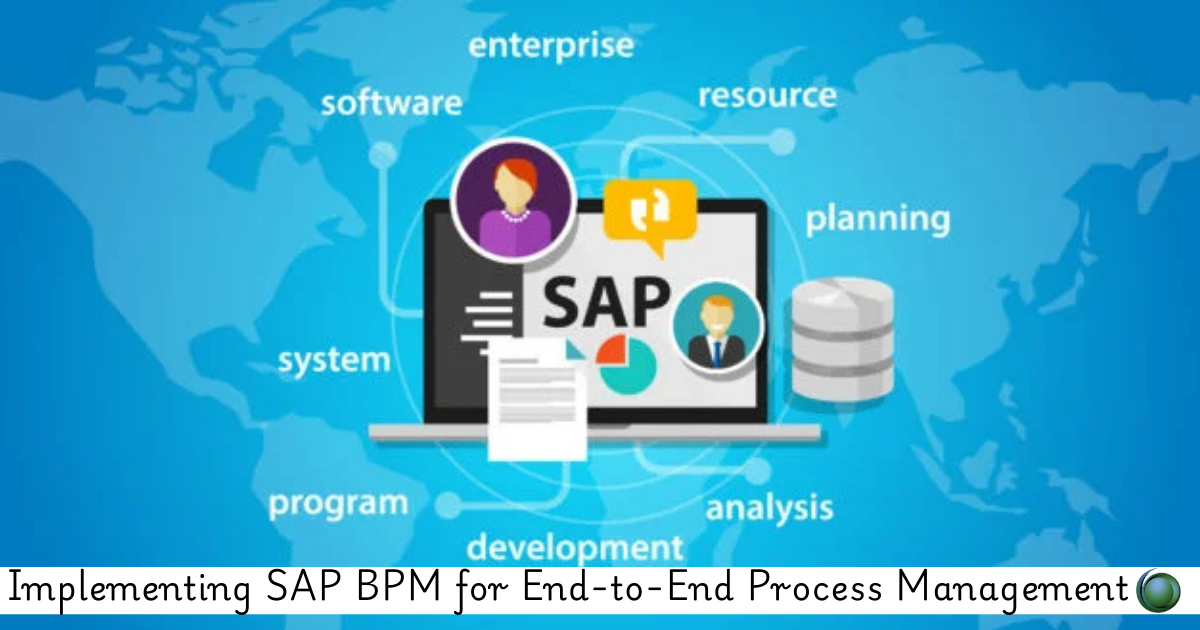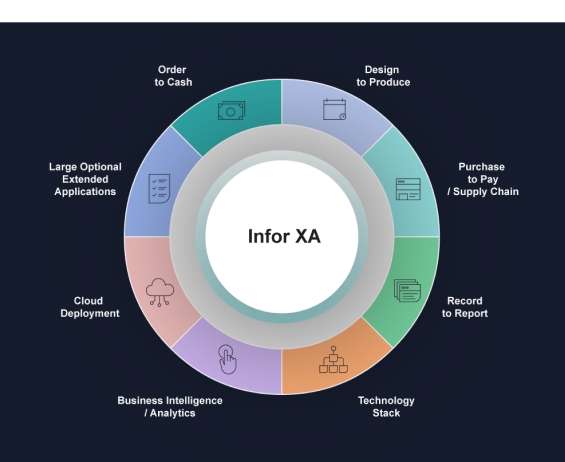Description
Introduction
SAP Business Process Management (BPM) is a comprehensive set of tools and services designed to help organizations model, execute, monitor, and optimize business processes. It provides the framework for managing both manual and automated business processes, ensuring that operations are efficient, agile, and aligned with organizational goals. SAP BPM integrates with other SAP solutions, such as SAP S/4HANA and SAP Cloud Platform, to deliver end-to-end process management, allowing businesses to continuously improve process performance and adaptability.
With SAP BPM, organizations can map out their workflows, define business rules, and manage exceptions to ensure processes run smoothly. It offers robust process orchestration, real-time monitoring, and analytics capabilities, empowering businesses to make data-driven decisions. Whether it’s for finance, sales, supply chain, or customer service, SAP BPM supports cross-functional process automation, enhancing collaboration and driving operational efficiency across the enterprise.
Prerequisites for SAP BPM
To effectively implement and use SAP BPM, the following prerequisites should be considered:
- Basic SAP Knowledge: Familiarity with core SAP solutions like SAP S/4HANA, SAP Cloud Platform, and SAP Business Workflow.
- Understanding of Business Processes: A solid understanding of business process design, modeling, and optimization is crucial for success.
- Experience with Process Automation: Knowledge of process automation techniques and tools used in enterprise environments.
- Familiarity with BPMN: Understanding Business Process Model and Notation (BPMN) for process modeling and execution.
- Technical Skills: Basic knowledge of Java, Web Dynpro, or SAP Fiori for customizing and extending BPM solutions.
- Cloud and Integration Knowledge: Familiarity with integrating BPM with other applications via cloud platforms like SAP BTP (Business Technology Platform) and SAP Integration Suite.
TABLE OF CONTENT
1. Introduction to Business Process Management (BPM)
1.1 Overview of BPM
1.2 Importance of BPM in Organizations
1.3 BPM Lifecycle
2. SAP BPM Fundamentals
2.1 Introduction to SAP BPM
2.2 Key Components of SAP BPM
2.3 SAP BPM Architecture(Ref: Optimizing Performance in SAP BPC)
3. Modeling Business Processes
3.1 Process Modeling Concepts
3.2 BPMN (Business Process Model and Notation)
3.3 SAP BPM Modeling Tools
4. Process Execution and Monitoring
4.1 Execution of BPM Processes
4.2 Monitoring and Analytics
4.3 Exception Handling in BPM(Ref: Informatica ActiveVOS BPM Mastery)
5. Integration with SAP Systems
5.1 SAP Integration Overview
5.2 SAP BPM and SAP ERP Integration
5.3 SAP BPM and SAP S/4HANA Integration
6. Advanced BPM Concepts
6.1 Advanced Modeling Techniques
6.2 Decision Modeling
6.3 Rules and Conditions in BPM
7. User Interfaces in BPM
7.1 User Task Management
7.2 Forms and UI Design
7.3 User Experience (UX) in BPM
8. Security and Authorization
8.1 Security Considerations in BPM
8.2 Role-based Access Control
8.3 Authorization in BPM
9. Deployment and Configuration
9.1 Deployment Strategies
9.2 Configuration Management
9.3 Performance Tuning in BPM
Conclusion
SAP Business Process Management (BPM) provides organizations with a powerful suite of tools to model, automate, and optimize business processes. By integrating BPM with other SAP applications, businesses can improve efficiency, drive innovation, and maintain control over complex workflows. Real-time monitoring and data-driven insights enable continuous process improvements, ensuring processes align with strategic objectives and business needs. With SAP BPM, organizations can not only enhance operational efficiency but also gain the agility needed to thrive in the digital economy.






